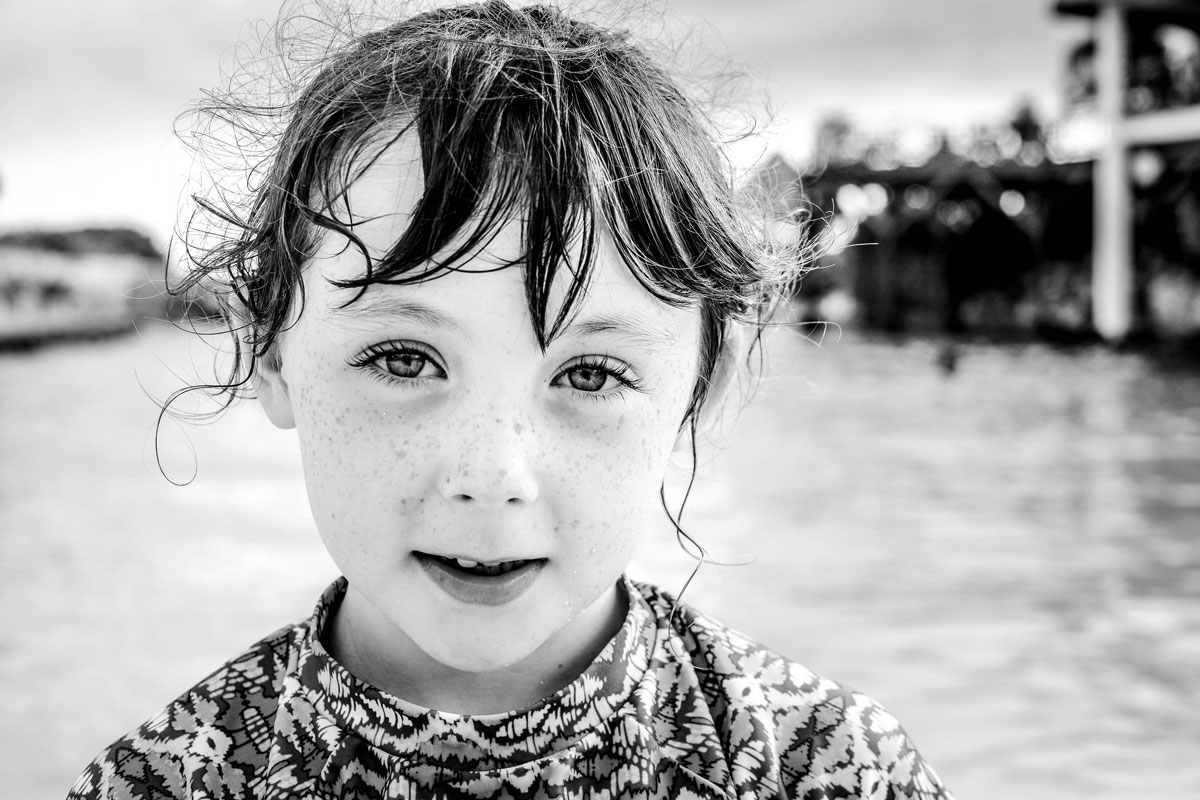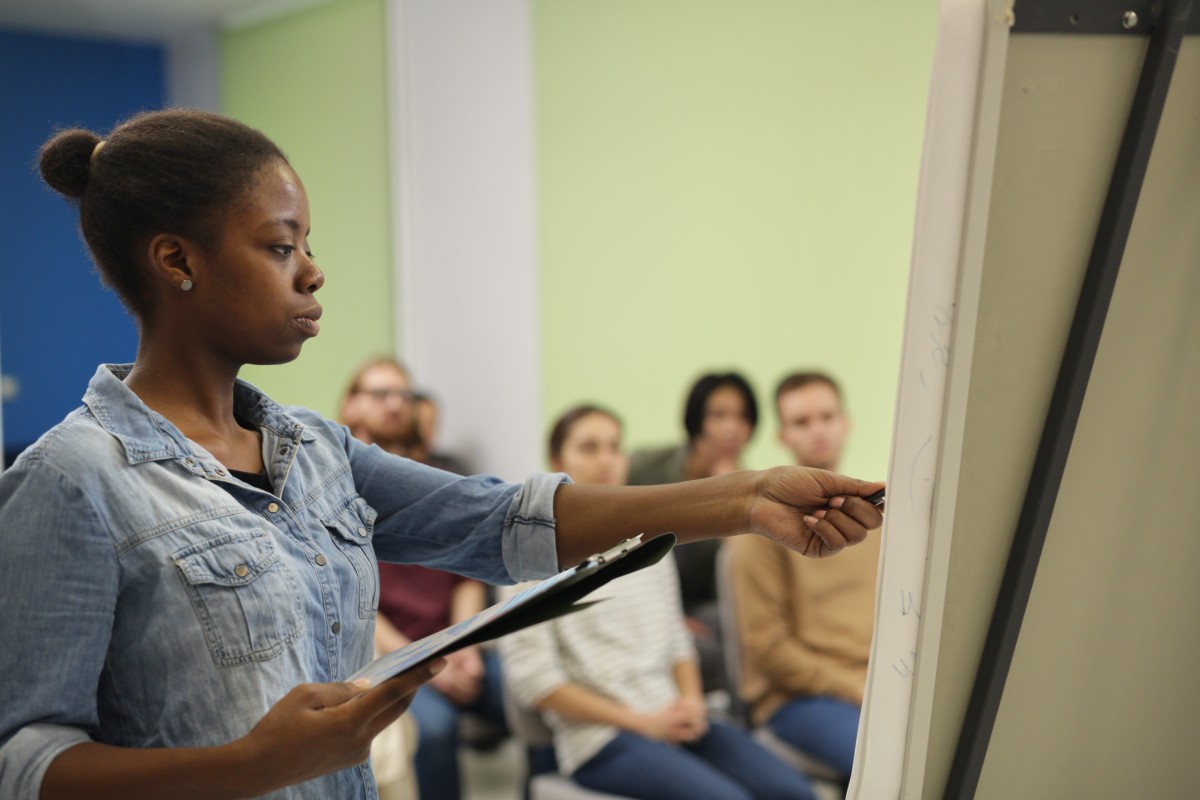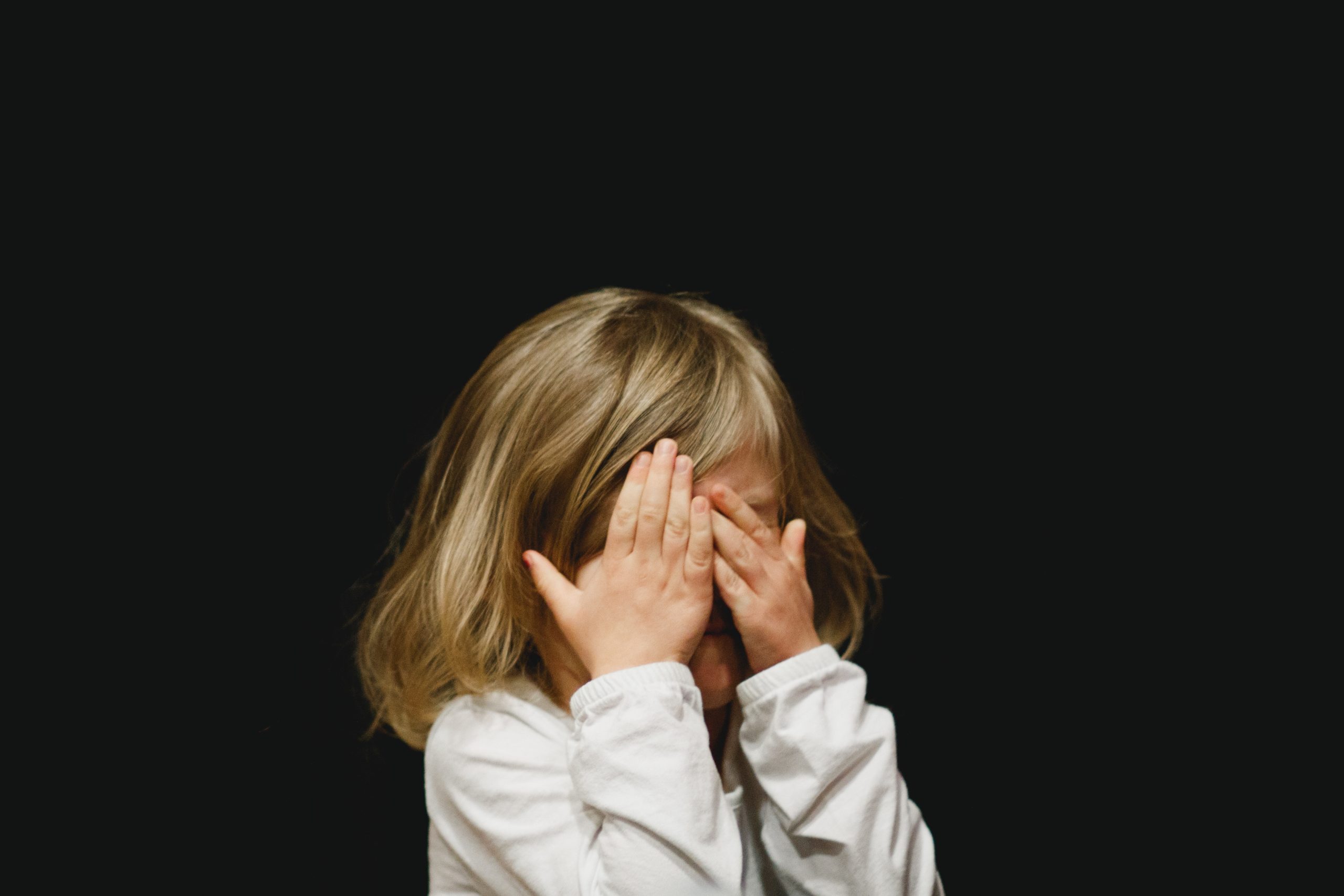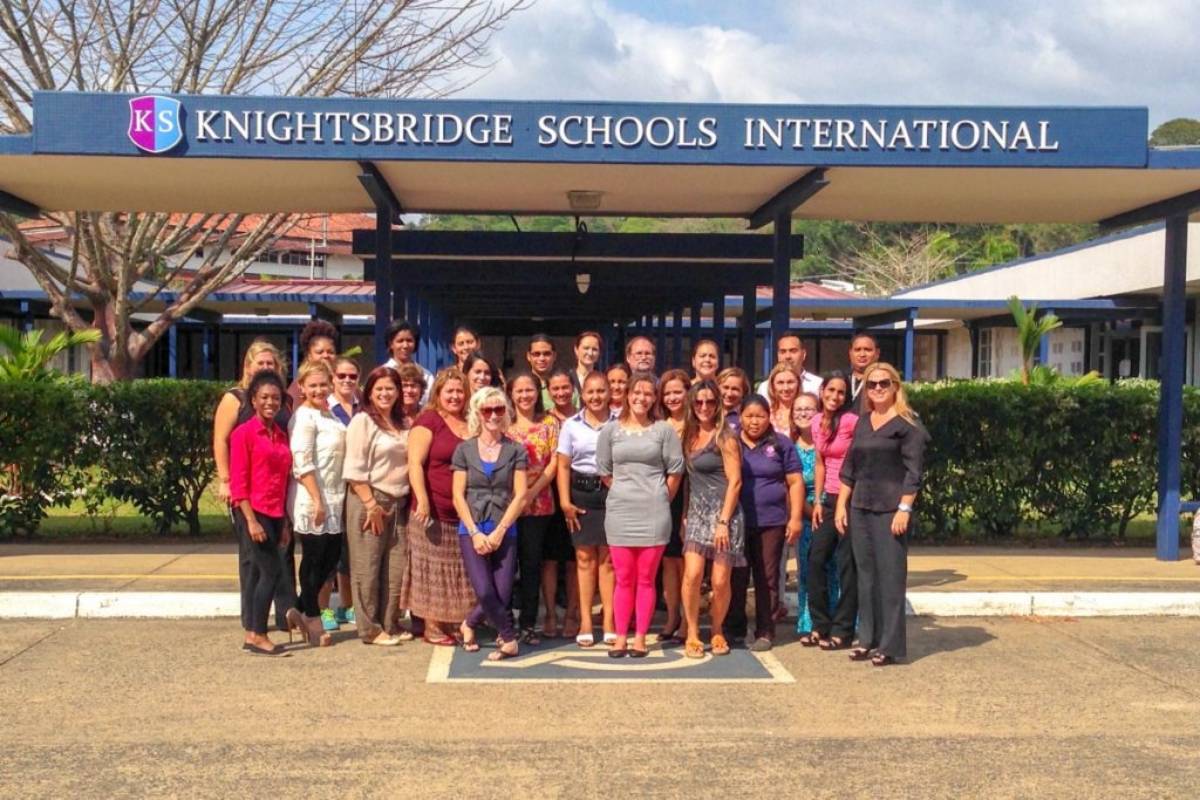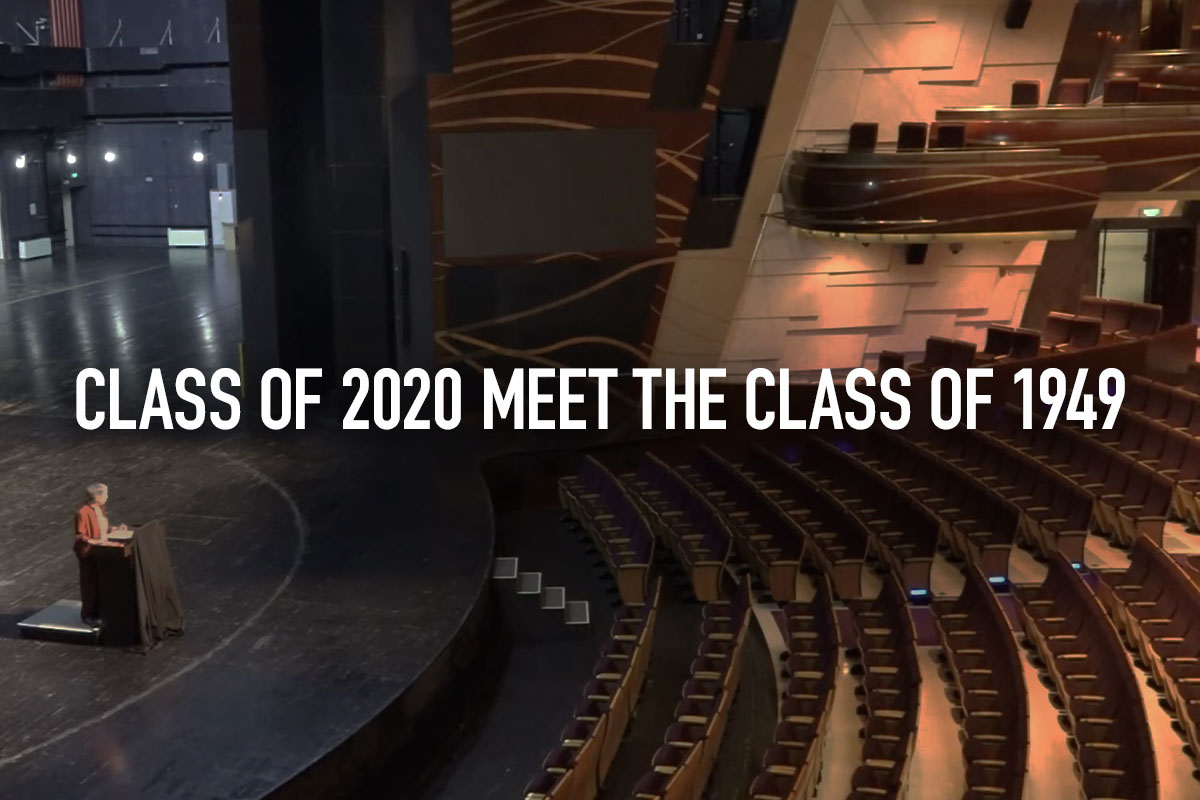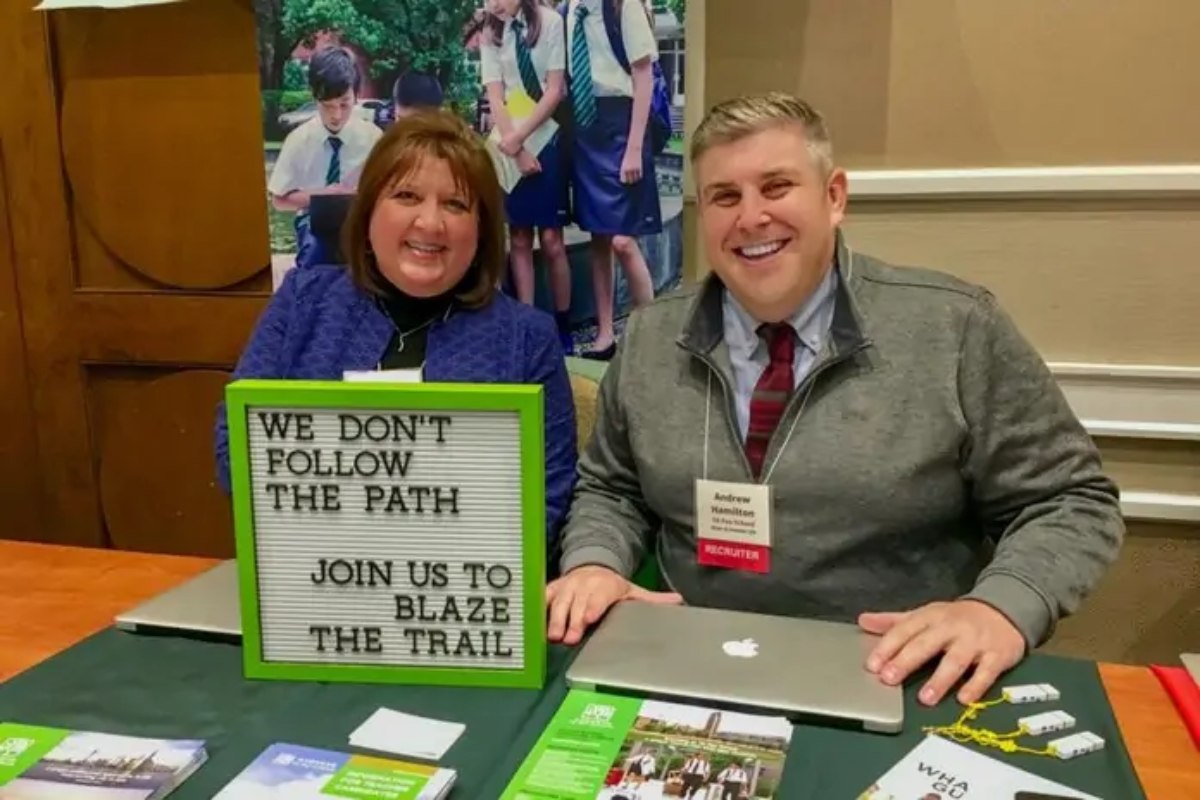Attuning Mind and Heart with the Children’s Interests and Passions
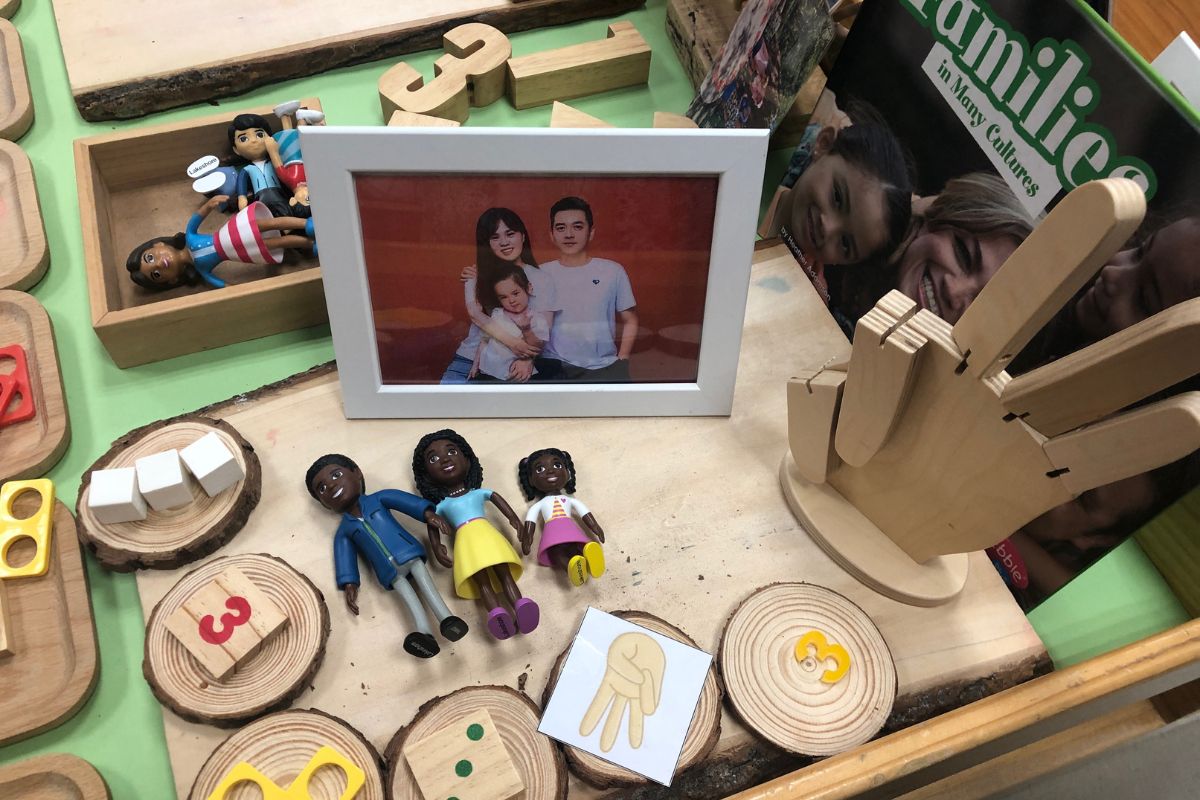
Eight years ago, the ECE team at Shanghai American School (SAS) started the lifelong journey of embracing a Reggio-inspired pedagogical approach .
As Diane Kashin suggests:
A journey is a useful metaphor to consider professional practice. Whenever you travel you prepare and pack. To embark on a journey of Reggio inspired practice, take with you an open mind, an open heart, a listening ear and a thinking lens. Fill your tanks, set your sails, open your minds, open your hearts, and take the hand of a friend or colleague, a mentor or guide. Don’t worry about where you are going. Trust the journey and you will get to where you need to be.
The initial key strategy of book study helped us build some background knowledge and basic understanding of the principles of the Reggio Emilia philosophy. It was the beginning of the transformational shift of our educational practices from a teacher-center to a child-center approach more aligned with the essence of our journey.
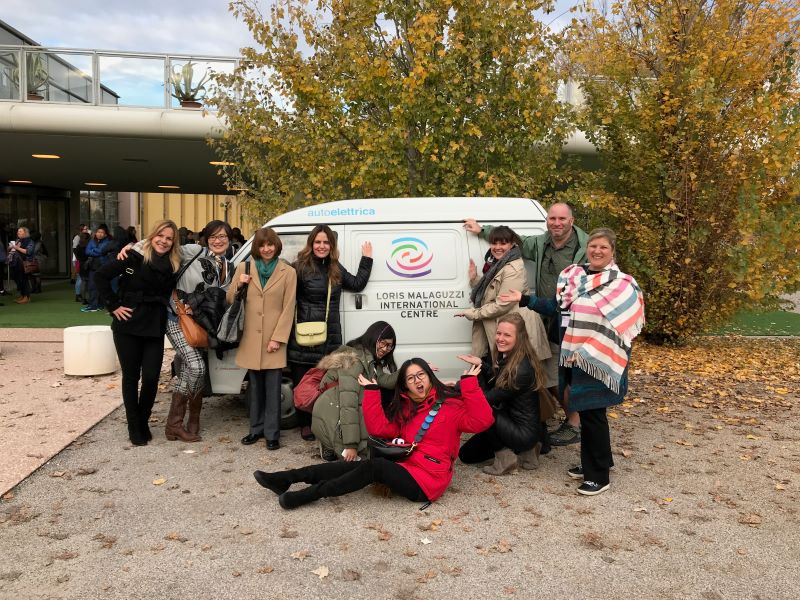
The purpose of this article is to inspire and to provoke action in other educators to reinterpret the Reggio Emilia principles that support their own cultural context. Our collaborative self- reflection journey was grounded on fundamental questions about the image of the child, the role of the teacher, the pedagogy of listening and the environment as the third teacher.
When we reflect about learning experience, we recall moments when we felt stuck. The challenges of the pandemic time, doing e-learning and having to accommodate students in bigger groups as we were waiting for some of our team members to be able to come back to China. We supported each other and found even more inspiration to keep the essence of our program alive. The resilience of our team and the need to collaborate were driving forces that brought us together. We invite readers to visualize a unique journey where learning and change was the result of collaboration.
Some of the fundamental questions that guided our reflections are here for your consideration:
What is the context of our Reggio-inspired program?
Re-interpreting the Reggio Emilia Principles within the context of the American School in Shanghai.
Shanghai American School is an American school located in Shanghai, China, serving a wide range of families from all over the world. SAS is an independent, non profit organization PreK3-Grade 12 with a history that began in 1912.
The teaching community is formed by educators coming from at least fifteen cultural backgrounds in the world. A Collaborative team of lifelong learners that create and lead some of the most innovative educational programs existing in China.
The encouragement towards living our school mission:“A lifelong passion for learning. A commitment to act with integrity and compassion. The courage to live their dreams.” inspired our ECE team to challenge ourselves into the journey of becoming Reggio-inspired educators.
The need to embrace an innovative educational approach for children 3 to 6, was also acknowledged by the local government. In 2010, China released new policies for early childhood education. Considered a milestone in the history of the country, the new regulations highlighted the importance of better access to quality early childhood educational programs. “Early childhood education is critical for young children’s health, habit formation and intellectual development (Zhou 2011)”.
This educational reform highlighted the need of developing early childhood programs more aligned with the inquisitive mind of young learners. “Early childhood programs need to acknowledge children’s developmental nature, use scientific teaching methods and ensure that children develop in a healthy and happy manner (Zhou 2011).”
The early childhood division at SAS (Puxi Campus) includes two PK3 classes of 12 students (3 years old), and three PK4 classes of 14 students (4 years old). There are two teachers in each classroom and an additional teacher assistant to cover snack, lunch and bathroom breaks when necessary.
The early childhood environment has been transformed throughout the years. There is a glass door separating each PK3 and PK4 classrooms respectively. The PK3 classrooms are also connected with an indoor courtyard that is used by both grade levels. An Atelier (art studio) and a mini gym are important learning environments that children visit weekly in small groups. The Atelierista is a teacher who has developed visual art skills through workshops in Italy and France.
What is the image of a child?
“We all carry within our minds and hearts, an image of what a child is. It acts as the lens with which we view children. It is based on our beliefs and perceptions – about what we believe children to be like, to be capable of, be in need of – their abilities, their development, motivation, purpose and agency (Martalock, P. 2012)”.
The powerful force of the image of the child is at the heart of teaching in Reggio educators because it determines the quality of the interactions and the environments we design around children. Our image of a child is shaped by our early childhood experiences and the culture we were immersed throughout our lives.
In the article “Your Image of the Child: Where Teaching Begins”, Loris Malaguzzi invites us to reflect upon and build strong images of young learners.
“It’s necessary that we believe that the child is very intelligent, that the child is strong and beautiful and has very ambitious desires and requests. This is the image of the child that we need to hold. Those who have the image of the child as fragile, incomplete, weak, made of glass, gain something from this belief only for themselves. We don’t need that as an image of children. Instead of always giving children protection, we need to give them the recognition of their rights and of their strengths (Malaguzzi, 1994)”.
Why is it important to reflect about our image of a child?
As international educators, with different upbringings and cultural backgrounds, we realized the importance of becoming reflective practitioners. Through dialogues and discussions, we compared our different images of a child and their implications to teaching and learning.
The emerging fragile image of a child made us aware of the need to change our perspective from a child of needs to a child with strengths.
As a result, in August 2016, our ECE team agreed on our beliefs about children and learning and developed a collective strong image of a child. We believe children are:
- •Social-Emotional Beings
- •Unique
- •Curious
- •Capable
- •Passionate
- •Creative
- •Risk Takers
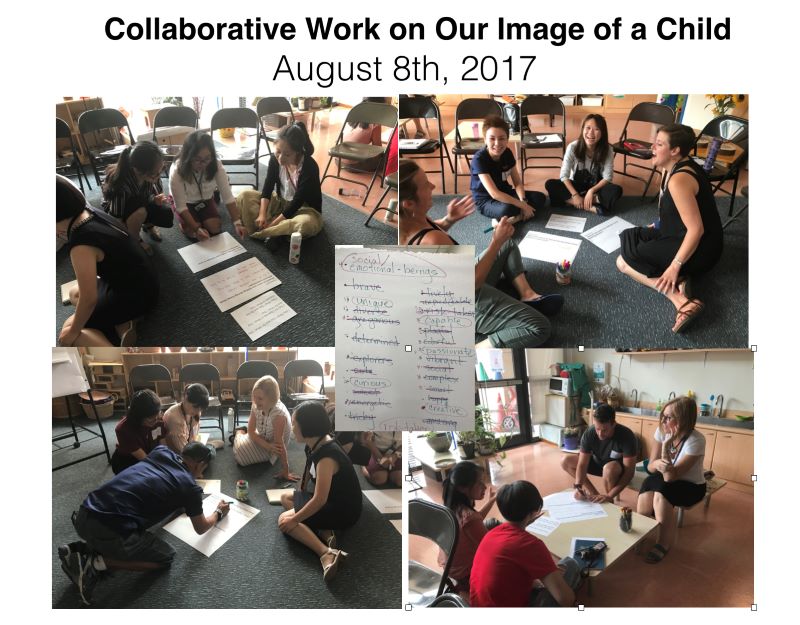
We decided to use our image of the child as a tool to reflect on our teaching practice and when making informed decisions as new challenges arose.
As a team goal, we decided to show evidence of our image of a child to the broader learning community. We created a display at the entrance of the ECE hallway. During our weekly team meetings, we agreed on the focus on our observations and documentation. As we were sharing and reflecting on the collection of photos, we started creating the narrative together. This strategy allowed the more expertised teachers support the new team members develop confidence in the process of documentation. Picture 002
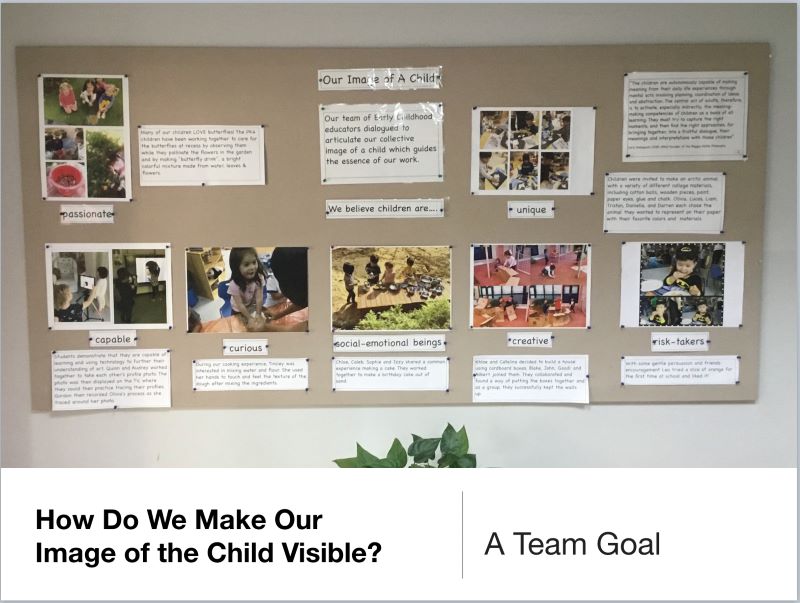
the more expertised teachers to support the new team members to develop confidence in the process of documentation.
How can we reflect a strong image of a child in our relationship and interactions with children?
When valuing children as competent learners, we put more emphasis on really listening to children. We embark into the “Pedagogy of Listening”. Intrinsically connected with a pedagogy on relationships, the training in the art of listening with our ears, with our eyes but mostly with our hearts.
“Through deep listening, teachers can foster an open dialogue with children that is neither adult-directed nor completely child-led. Open dialogue and a pedagogy of listening is a collaborative practice that develops a respectful and meaningful relationship between teacher and child. (Whitaker)”
When we hold space to listen, we are a learner and a teacher. We learn how to observe children carefully and we gain a deeper understanding of how children build their own learning theories and what interests them most. As teachers, we offer tools that allow our students to build upon their ideas to make meaning of their world.
When children’s ideas are taken into consideration, they feel appreciated and valued. When they have a voice on how to represent their thinking, children experience the joy of learning. When interactions are warm and responsive, children are more likely to engage and take ownership of their learning.
Giving children more time and space to express and lead their own learning, allowed us to develop a more intimate relationship with them. We learned how to appreciate unpredictability and to trust the potential of the child. We give them the time and the strategies to think for themselves, to pose and solve problems, and to make informed decisions about their learning.
Attuning the mind and heart to deeply connect with the child’s interests requires having a beginner’s mind. “In the beginner’s mind there are many possibilities, but in the expert’s there are few.” (Suzuki 1970). The original word, Shoshin, comes from Zen Buddhism and it means to see things with fresh new eyes as it was happening for the first time.
Suzuki reiterates Malaguzzi’s invitation of discovering a new way of observing the child by being present and not distracted by existing expectations or predetermined outcomes. By being totally attentive and involved with the child, we see ourselves having a different role as teachers. We rediscover the joy of experiencing something with a fresh perspective, and a sense of wonder and playfulness become the essence of our interactions with children. We open ourselves to a world of hundreds of possibilities, we become curious to discover the beauty and uniqueness in every child as they engage with their peers and the environment. Our focus on the process as it is the moment when learning truly happens.
The spontaneity and responsiveness to new ideas is reflected in the “Emergent Curriculum”. Instead of pre-established units of study, we started looking for topics of interest to develop projects in children’s play as the primary path to learning.
As a team we decided two undertake two major projects in the year: Our Identity ProjectPicture 4
“ By looking at portraits by artists from a variety of cultural backgrounds we invite children to deepen their view of themselves and their identities by looking carefully at themselves and the different shades of their skin.” Lisa Ferguson- Atelierista at SAS Puxi Campus.
The Living Green Project
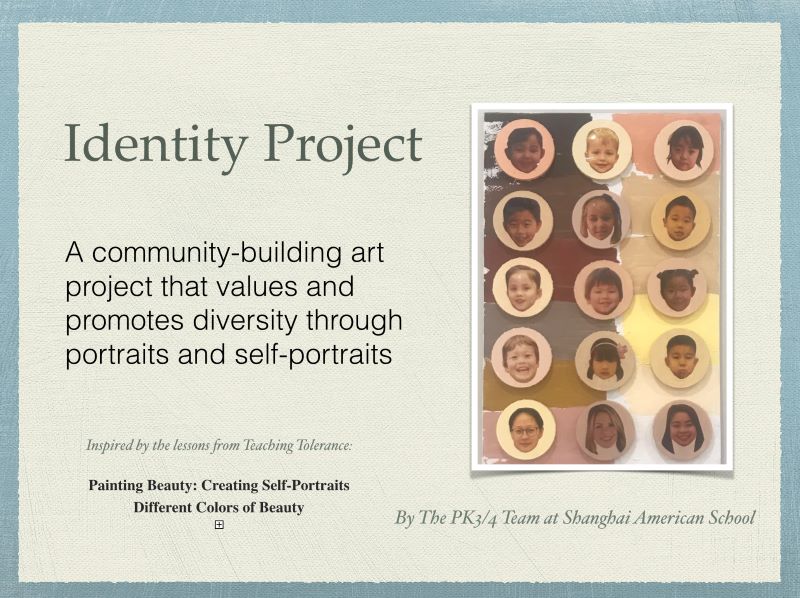
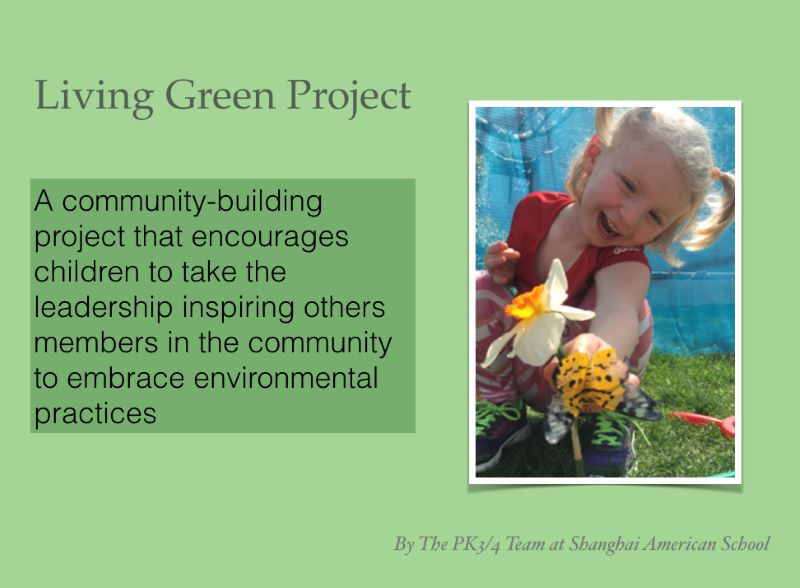
encourages children to take the leadership inspiring other
members in the community to embrace environmental practices
“Understanding the key role that children have as citizens of the world in actively supporting sustainability, we carefully planned a project where children have the opportunity to reflect upon real life problems and come up with solutions on what they can do at home and at school to care for the Earth”. Jamie Wood-PK3 teacher at SAS.
Do our early childhood environments reflect and honor the image we hold about children? What are the messages that we convey to children, families and communities about the learning that is valued in our early childhood spaces?
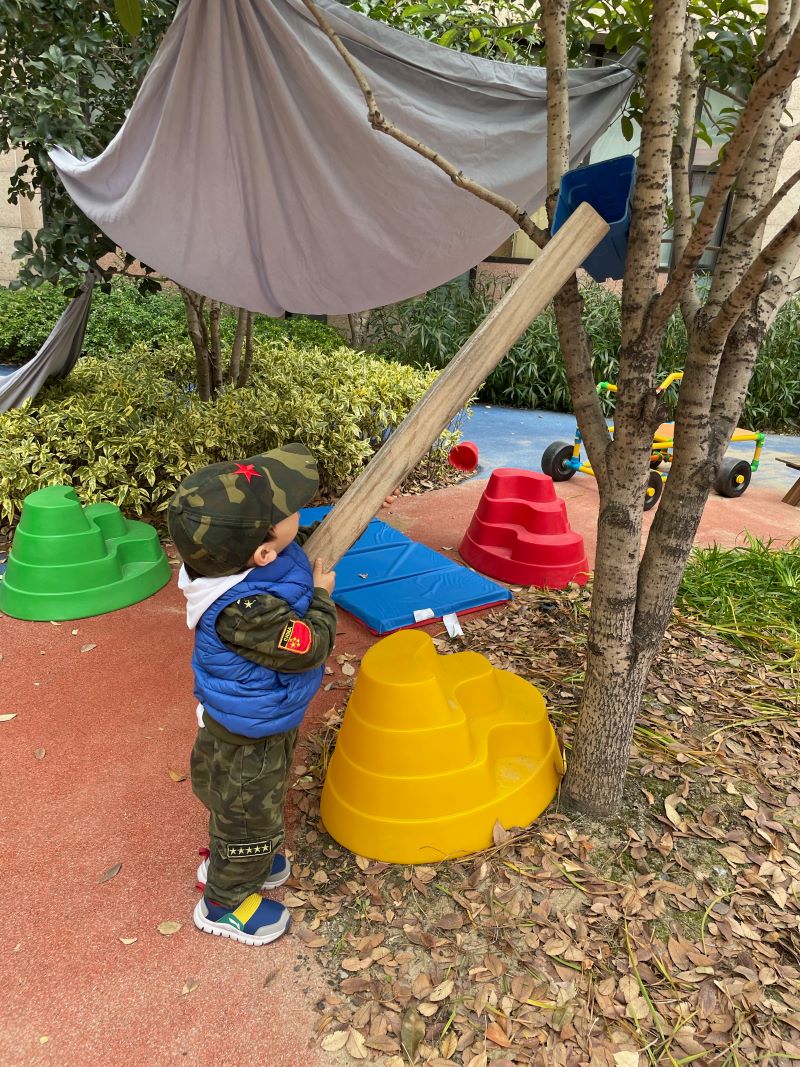
Changing the aesthetics of our learning spaces was our first and easiest way to reflect the environment as the third teacher. We started by reflecting the exterior warm neutral colors of the natural environment into our interior walls, carpets, floors and furniture. We created a home-like environment by adding rugs, lamps, frames and plants into our classrooms.
Stepping out of the comfort zone of using familiar thematic units, helped us move into rethinking and designing powerful learning spaces in response to children’s interests and passions.
As we believe learning happens in social contexts, we decided to extend it to the outdoor learning environment. One of the most significant changes was done during our morning routine. Instead of holding a morning class meeting, we decided to start our day with one hour of uninterrupted and unstructured play in the courtyard.
Similar to the “Piazza” in Reggio Emilia schools, our courtyard became the space to mingle in small or larger groups early in the morning. We carefully organized learning environments including building with different types of blocks and mats, mud kitchen, role play area, stage, water and play, painting and drawing area.
“The Piazza is a central, open space in which the entire school can gather but which can also be reconfigured to accommodate a wide variety of learning activities and groupings, from individual projects to small group experiments to larger group presentations and activities”.
Throughout the last eight years, we have created a community of learners having pedagogical discussions about the underlying ideas of this approach. We became reflective practitioners and critical thinkers
*Transformation of the learning environments
*Collective Image of a Child Agreements
*Making learning visible through children’s learning portfolios
*Adjustment in the daily schedule
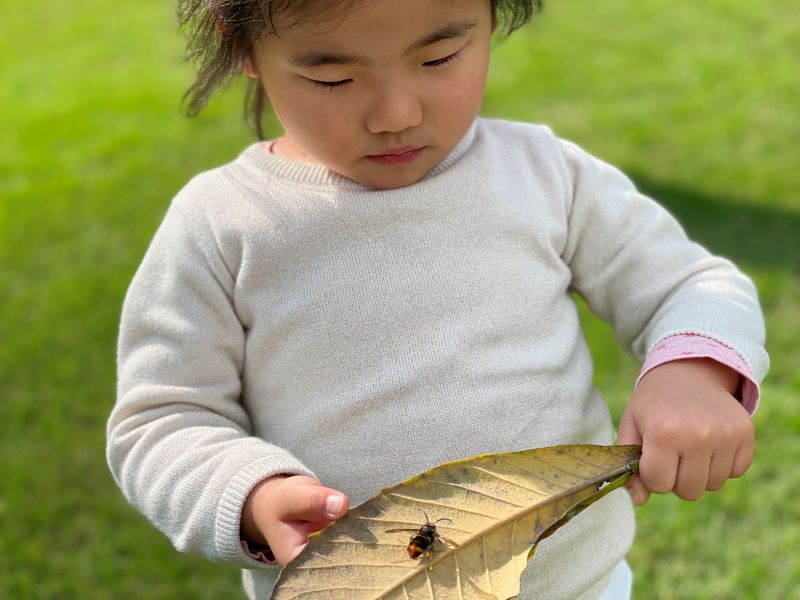
something new with a completely open mind, relgniting our passion for teaching and leaming each day.


